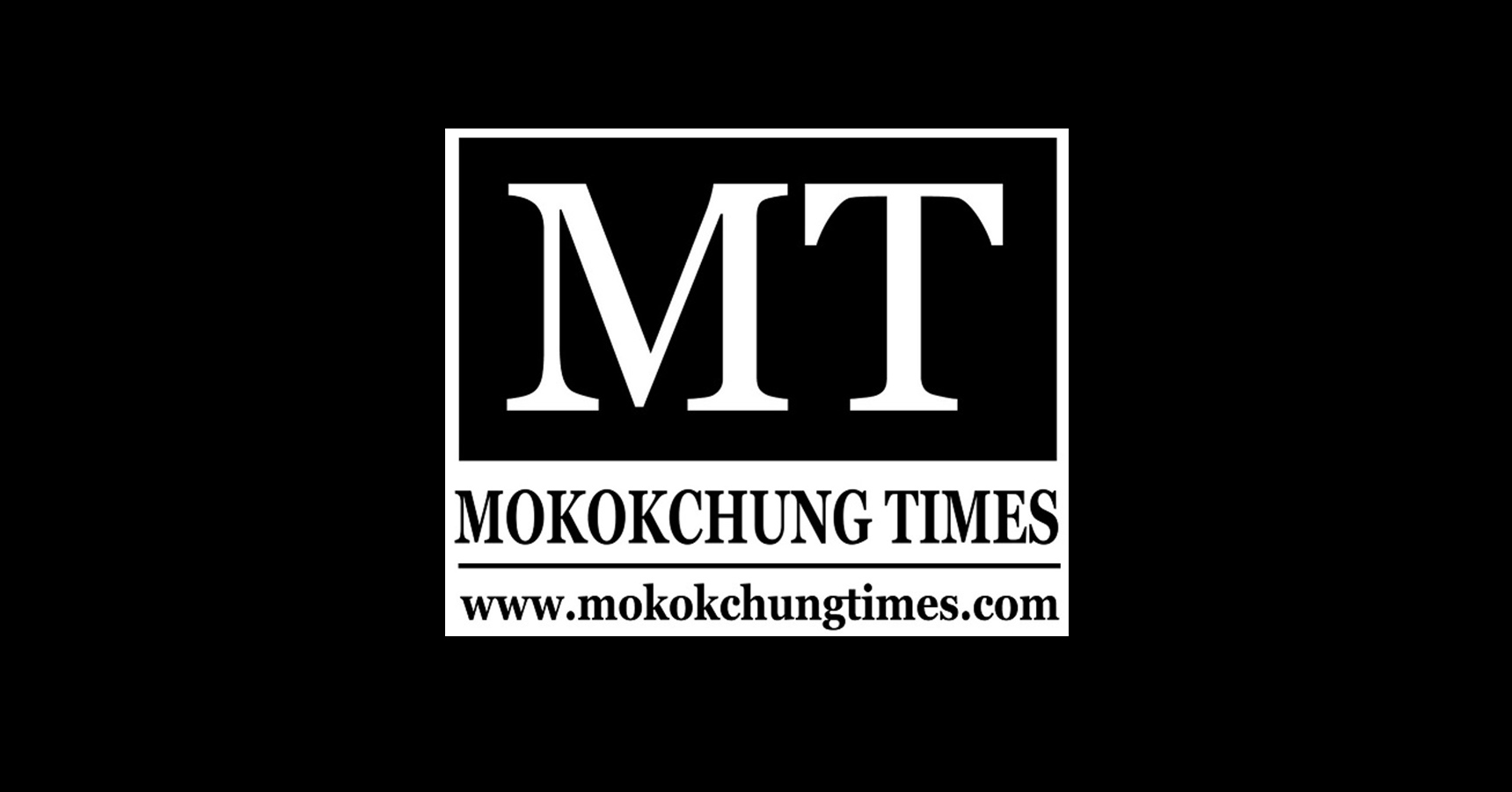Arenjungla Kichu
Mokokchung | June 11
Pradhan Mantri Awas Yojana – Urban (PMAY-U) is a flagship Mission of Government of India implemented by Ministry of Housing and Urban Affairs (MoHUA), launched on 25th June 2015. The Mission addresses urban housing shortage among the Economically Weaker Section (EWS), Lower Income Group (LIG) and Middle Income Group (MIG) including the slum dwellers by ensuring a pucca house to all eligible urban households by the year 2022.
There are four segments under PMAY-U: “In situ” Slum Redevelopment (ISSR); Affordable Housing through Credit Linked Subsidy Scheme (CLSS); Affordable Housing in Partnership (AHP); and finally, Subsidy for Beneficiary-led Individual House Construction or Enhancement (BLC).
PMAY (U): The manner in which funding is done
The mission is to assist individual eligible families belonging to EWS categories to either construct new houses or enhance existing houses on their own to cover the beneficiaries. The families may avail Central Assistance of Rs. 1.50 lakhs for construction of new houses or for enhancement of existing houses under the Mission.
The funds from Central Government to State Governments would be released in lump-sum including assistance for this component. The State Government should release financial assistance to the beneficiaries in 3-4 installments depending on progress of construction of the house.
Beneficiary can start the construction using his own funds or any other fund while GoI assistance will be released in proportion to the construction by the individual beneficiary. The last installment of Rs. 30,000/- of GoI assistance will be released only after completion of the house.
PMAY (U): How funds are released
According to Merennungsang Longkumer, Management Information System (MIS) Specialist, the progress of individual houses is tracked through geotagging norms so that each house can be monitored effectively.
In Mokokchung town, geotagging surveyors are selected through the ward councils who collect field level data and visit the beneficiary locations to conduct geotagging. Geotagging is the process of appending geographic coordinates to media based on the location of a mobile device. Geotags can be applied to photos, videos, websites, text messages, and QR codes, and could also include timestamps or other contextual information.
According to the Geotagging Operational Guidelines, the Supervisors verify the beneficiaries and validate the geotagged images. The desk based moderation of geotagged images is made available in the Bhuvan portal at the Bhuvan Geo-platform which is integrated with the PMAY-MIS, wherein MIS details of beneficiaries along with Bhuvan captured photograph of beneficiaries is available in PMAY MIS reports.
“There are five different stages involved in the project, namely: Not Started, Foundation, Lintel, Roof, and Completed. The first installment shall be released only if a particular household is found eligible after all the documents are found valid along with the first stage i.e. not started and geotagging validation. After that, the beneficiaries must lay down the foundation of the house which will be surveyed by the surveyor. They must then complete the ‘Lintel Stage’ because only after the Lintel stage is moderated, the second installment shall be released. This will then be followed by the roofing and finally ‘completion’. Only after it reaches the completion stage, they shall receive the third installment,” Meren explained.
“I would like people to know that it is a ‘beneficiary-led construction’ and the idea is just to extend a helping hand in the likes of subsidies for people who are constructing the house. There are many people who have received their first installment but won’t pursue their work as they wait for the second installment. It doesn’t work like that,” he said.

PMAY (U): Reasons why the scheme has failed to reach the target
Despite the Modi government’s aim to ensure pucca houses to all eligible urban households by the year 2022, the Mokokchung data, after six years of the scheme launch, displays a rather disappointing picture.
Speaking to Mokokchung Times, Meren pointed out various reasons that have slowed the progress starting from the lack of collaboration between beneficiaries and surveyors.
“There are a lot of beneficiaries who, despite receiving their first installment, have not begun their work while there are colonies where the surveyors are inactive and are inconsistent with their updates. There are also lots of households who have begun their work with the first installment and have completed their work but because their houses haven’t been geotagged, we haven’t been able to release the funds because without geotagging till the lintel stage, we cannot release the second installment,” he said.
He then urged the surveyors to put more effort into pursuing field study and to keep the geotags more updated so as to ensure more beneficiaries are benefitted.
“We have held many meetings with the surveyors and have phrased them with the significant role they have to play. I am grateful for the hard work they have been doing so far, but I would appreciate it if they put more effort for a greater cause,” he said.

PMAY (U): Why do some applications get rejected?
The PMAY (U)-MIS of Mokokchung town, Meren informed that most of the rejected lists consist of those who have self-withdrawn from the scheme and also people who are staying in government quarters.
“We also reject people who have more than 3 lakhs INR annual income and those that apply despite having no landholdings. Also, filling up forms correctly is very crucial. You have to make sure that you have produced a valid Aadhar card of the beneficiary and if accepted, one must ensure that one’s entire family’s valid Aadhar is produced,” he informed.
On being asked if the rejected list can reapply, he said that so far, the scheme leaves no room for reapplication but as the DPR progresses, they may reconsider.
“Also, I would like to request anyone with a query to show up to the MMC office and clarify their doubts as I shall be staying here in Mokokchung as long as this scheme continues,” he added.
PMAY (U): Role of MMC in PM-AWAS Yojana (Urban)
According to Sunep, LDA of Mokokchung Municipal Council (MMC), the council writes to the respective ward councils asking them to select the beneficiaries. Upon receiving the lists from the respective councils, they submit those forms to the Directorate of Urban Municipal Affairs.
Without the MIS in the town, till 2015 to April, 2022, the MMC has been playing the role of middlemen by assisting the beneficiaries as well as the MIS.
As the central government mull extending the PMAY-Urban till March 2024 in order to finish the construction of approved houses as per media reports, it remains to be seen if the mission can be accomplished in Mokokchung within the 2022 deadline. It may be mentioned that the central government has in December last year approved the extension of the PMAY-Gramin till March 2024.



